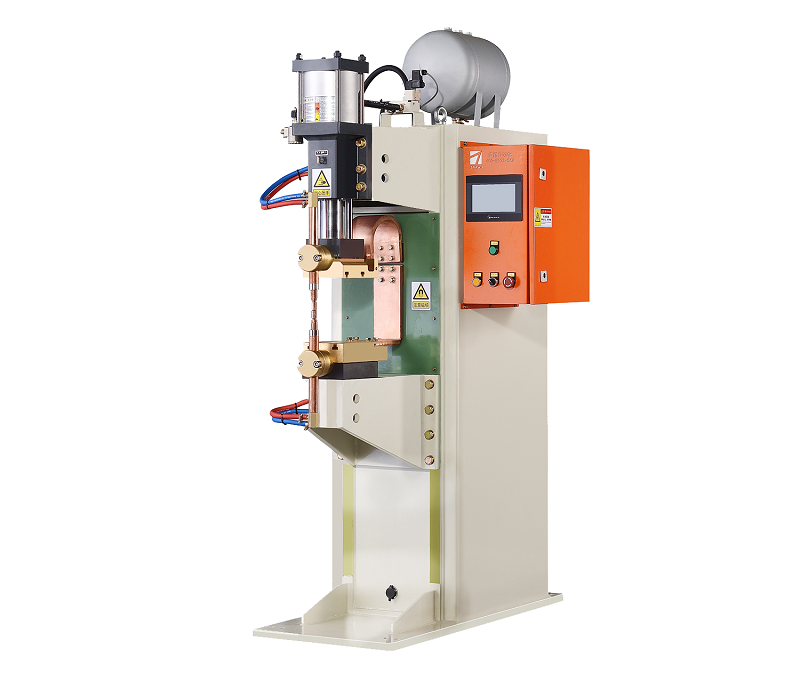Why is Intermediate Frequency Spot Welding Machine in Need of Cooling Water?
Intermediate frequency spot welding machines are widely used in various industries for their efficient and precise welding capabilities. One essential aspect of operating these machines is the incorporation of cooling water systems. This article explores the reasons behind the necessity of cooling water in intermediate frequency spot welding machines and its role in maintaining optimal performance.

The Need for Cooling Water: Intermediate frequency spot welding machines generate a significant amount of heat during the welding process. The rapid and intense energy transfer at the welding point leads to elevated temperatures in both the workpiece and the welding electrode. Without proper cooling mechanisms, these high temperatures can result in several undesirable outcomes.
1. Heat Dissipation: Cooling water acts as a heat sink, effectively dissipating the excess heat generated during welding. By circulating cooling water around the welding electrode and the workpiece, the temperature is kept within acceptable limits. This prevents overheating, which could otherwise compromise the structural integrity of the materials being welded.
2. Electrode Protection: Electrodes play a crucial role in spot welding, and they are particularly susceptible to wear and damage due to heat. The consistent high temperatures generated during welding without proper cooling can lead to electrode degradation, resulting in shorter electrode lifespan and increased maintenance costs. Cooling water helps to extend the lifespan of the electrodes by maintaining their temperature at a level where they can effectively conduct the welding current without excessive wear.
3. Consistent Performance: Maintaining a stable welding process is essential for achieving consistent and reliable welds. Excessive heat buildup can cause fluctuations in the welding process, leading to inconsistent weld quality. Cooling water ensures a more controlled and uniform temperature, contributing to stable welding conditions and consistent results.
4. Energy Efficiency: When the welding process is allowed to overheat without cooling, it can lead to energy wastage. The excessive heat generated might require the machine to operate at lower efficiency levels or for longer durations, consuming more energy than necessary. By utilizing cooling water, the welding machine can maintain optimal efficiency levels, thereby reducing energy consumption and operational costs.
In conclusion, cooling water is an indispensable component of intermediate frequency spot welding machines. It plays a vital role in dissipating excess heat, protecting electrodes, maintaining consistent performance, and ensuring energy efficiency. By effectively managing heat during the welding process, cooling water contributes to the longevity of the machine, high-quality welds, and cost-effective operations. Proper understanding and implementation of cooling water systems are essential for maximizing the benefits of intermediate frequency spot welding machines across various industries.